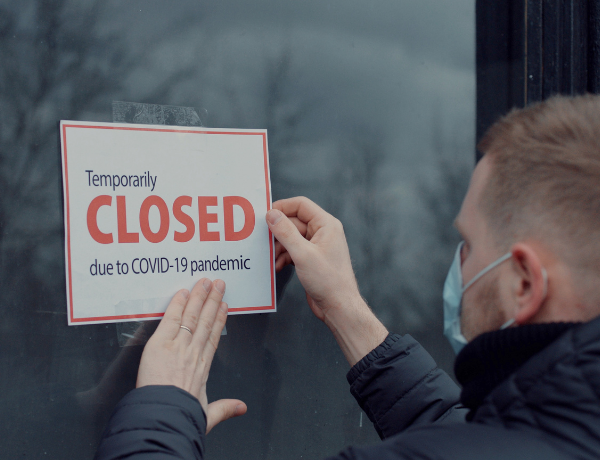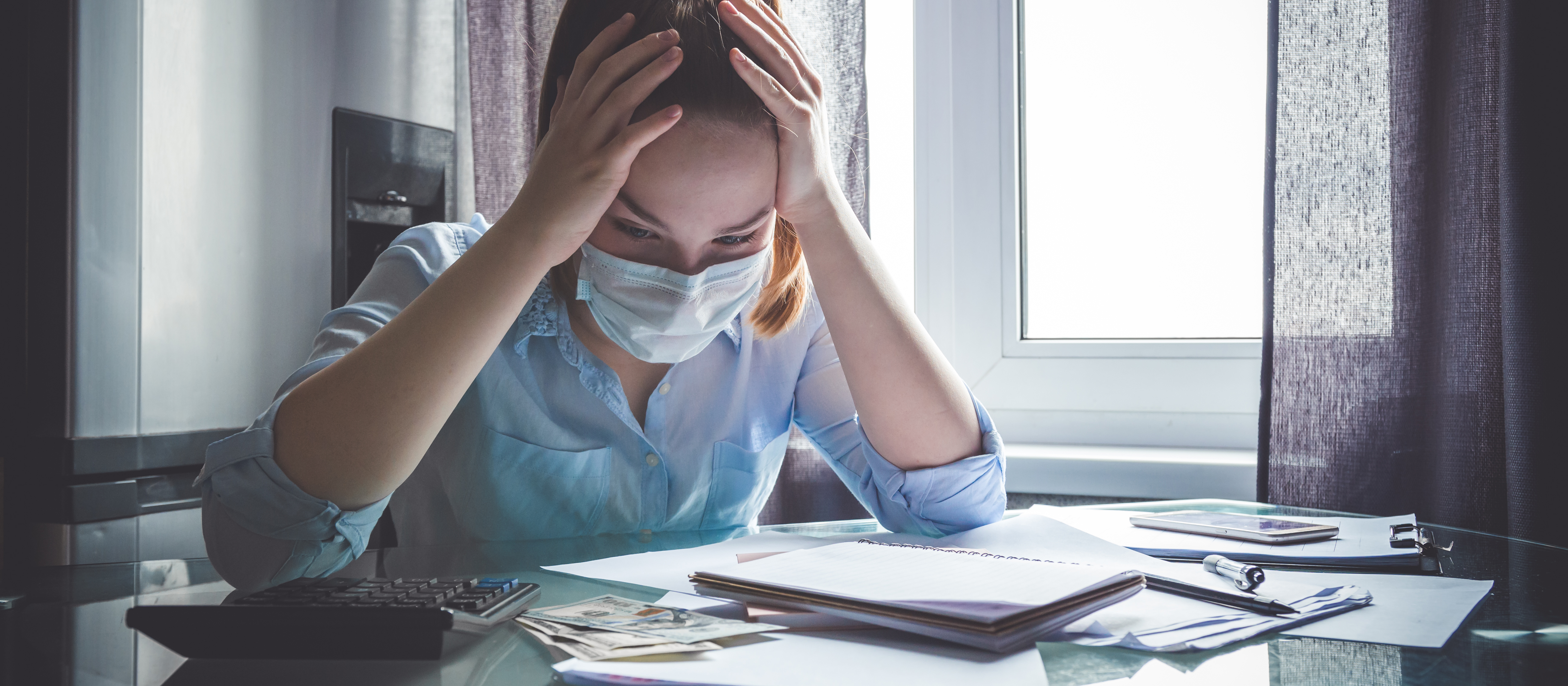Then came the COVID-19 pandemic and the world of business was turned upside down. Offices that once held 100, 500, even 1,000 or more workers emptied, as employees were laid off or sent home to work remotely. Personal trips to established and potential clients were a thing of the past. Personal contact was now done over the phone or via computer video conferencing, a poor substitute for closing a deal over an amiable round of golf or swapping lies over drinks in a country club bar.

As a result of the number of restrictions imposed by the pandemic, many large firms were forced to lay off considerable numbers of employees and profits dwindled accordingly. Some smaller businesses cut their staff to the bare bones to survive, while many could not afford to reduce their number of employees and stay in business and shut down completely. The pandemic’s effect on businesses, large and small, was devastating.
But more than the deleterious effect on businesses was the tremendous adverse effect the pandemic had on the workers themselves. Many had their hours reduced or their job positions reduced with a concomitant reduction in salary. More than a few were laid off. The economic loss to families was enormous. Many had to apply for public benefits such as unemployment benefits, welfare, or food stamps so they could have enough to eat. Rather than shopping at department stores for new clothes, they had to buy their clothes used at Goodwill, the Salvation Army, or other second-hand stores.
Old clunker unreliable cars could not be replaced by new economically priced cars or even by used cars in moderate condition. Broken down appliances such as washers and dryers could not be replaced by new ones, meaning the husband or wife would have to go to the nearest laundromat to wash the clothes. Out of work employees could not afford to buy televisions, the main form of entertainment in most households, that have broken down and are no longer working. Computers, once considered a luxury item but now a necessity for school children and businesses, could no longer be afforded.
And the pandemic did not affect just businesses; everyone it seems was subject to COVID-19 limitations. Children could no longer go outside to play with their friends; all sports were prohibited, both inside and outside. All inside activities, such as movies, theatrical plays, opera, and concerts were banned. Outside activities were similarly banned, like football, soccer, track and field, lacrosse, and ice hockey. Even such events as chili cookoffs for charitable fundraising were not allowed. “Live” television award shows like the Oscars and the Grammys were done virtually. Everyone was required to wear an appropriate mask that covered both the nose and the mouth to prevent the spread of COVID-19. And everyone was supposed to practice social distancing, keeping at least six feet away from other people. Sanitizer dispensers were everywhere so people could disinfect their hands to avoid spreading the disease.

As the number of new hospitalizations and deaths from COVID-19 started to go down, and vaccines against the disease were developed, some of the restrictions were lifted. But this was not without controversy. While some people advocated that it was no longer necessary to wear a mask, many others were of the view that the mask should still be worn to prevent a relapse of the disease. Plus, they argued that new variants of the disease were being developed and masks were necessary to prevent the spread of these, as there is not guarantee that the new strains will be stopped by the existing vaccines.
There is no doubt that the COVID-19 pandemic has dramatically changed life in America. Whether there will be a relapse or new strain, no one knows for certain. But we should be on guard for the possibility of another pandemic and hope that we learned some lessons from the COVID-19 pandemic that will help us cope with and get through another pandemic more easily.